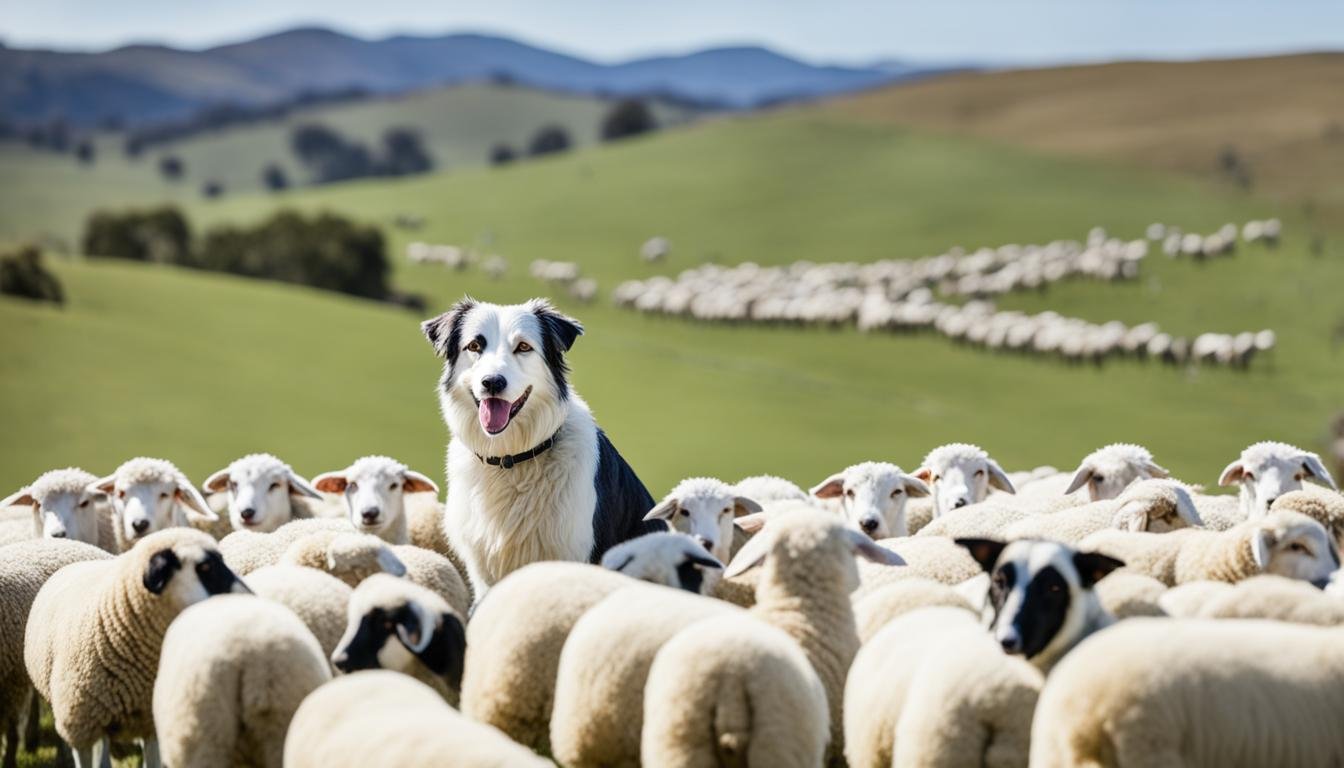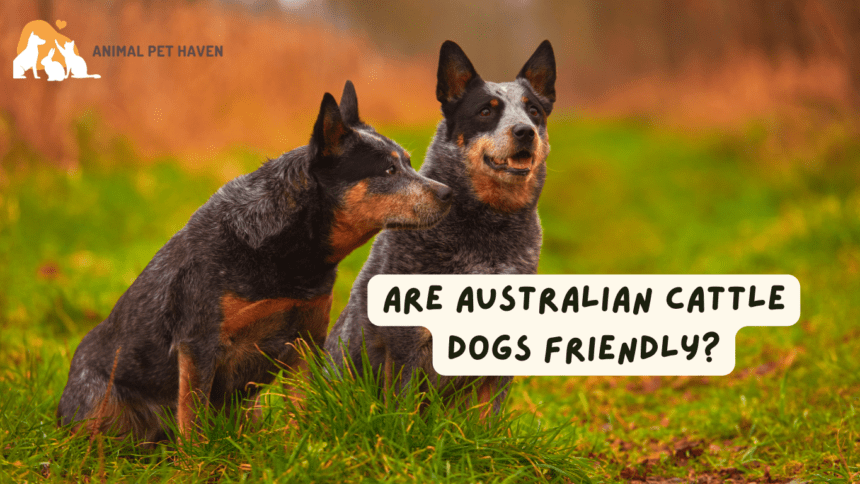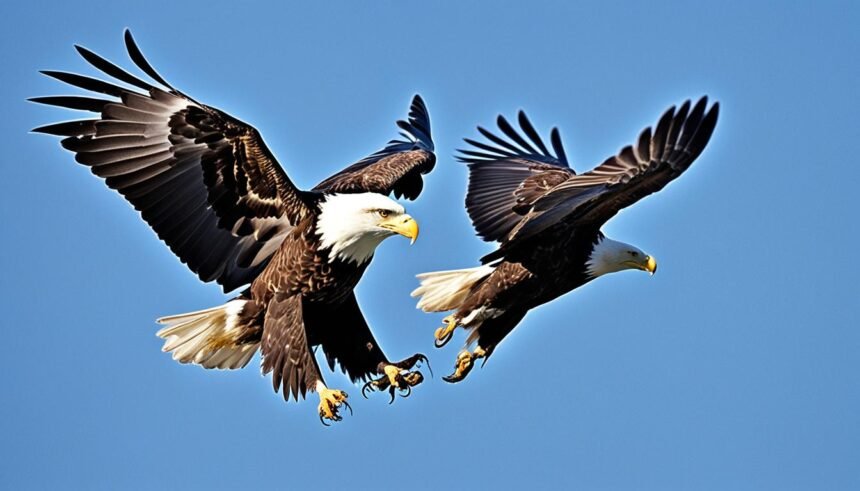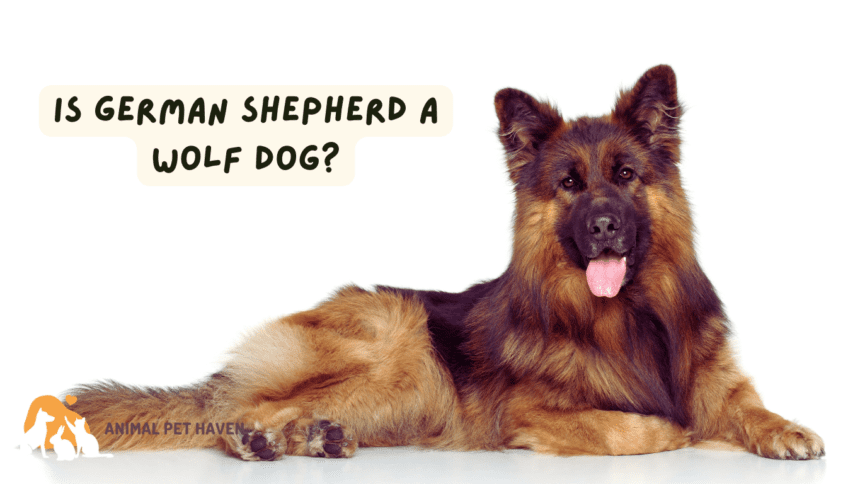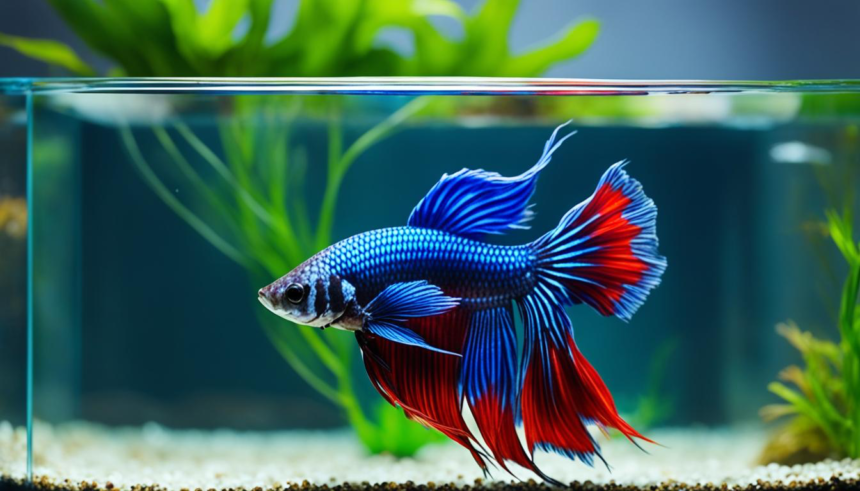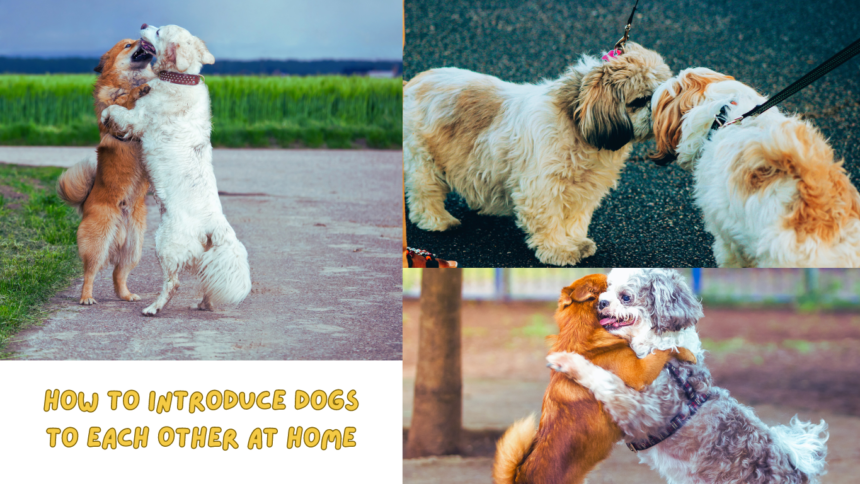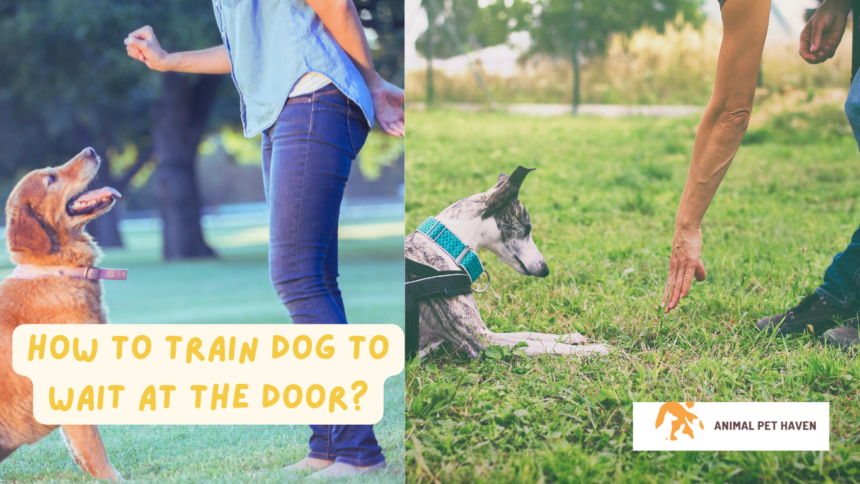The Australian Sheep Dog breed is known for its intelligence and hardworking spirit. This breed, also called the Australian Shepherd or Aussie, was first bred in the United States. It was made to help farmers and ranchers with various tasks.
Aussies are excellent at herding sheep and cattle. But they’re also great for activities like dog sports and work such as search and rescue. They’re even used as therapy and service dogs.
Aussies have lots of energy and need both physical exercise and mental challenges. They are medium-sized, standing between 18 to 23 inches and weighing 40 to 65 pounds. On average, they live from 12 to 15 years.
Thanks to their intelligence and loyalty, Australian Shepherds are loved by many. They’re ideal for active families and people who admire their hard work. These dogs have truly become cherished members of many homes.
History of the Australian Sheep Dog
The Australian Sheep Dog, or Aussie, has a fascinating history. It comes from a mix of places and times. Its roots go back to our mystery-filled past, including the ancient herding dogs of Spain.
Origins in Spain and Australia
In the late 1800s, the American West needed more sheep to meet farming demands. Skilled dogs from Spain came to help in this Western adventure. They might have even visited Australia first, which adds to their interesting tale.
Development in the American West
The American West’s farmlands expanded quickly by the late 1800s to early 1900s. This growth spiked the need for top-notch herding dogs. In California, a special mix of dogs, including those Spanish friends, was finely bred. These became the hardworking and diverse Australian Shepherds, great at herding out West.
This unique dog breed was shaped by several important events:
- The California Gold Rush fueled a demand for more livestock
- The post-Civil War era saw America’s westward push and new farms
- A growing population of sheep and cattle called for skilled herders
Australian Shepherds won the hearts of ranchers and farmers for their smarts, quickness, and dedication. Today, Aussies are not just great at herding, but also shine in dog sports. These activities really show off their brains and athleticism.
| Time Period | Development |
|---|---|
| Late 1800s | Spanish herding dogs brought to the American West with imported sheep |
| Late 1800s – Early 1900s | Selective breeding of various herding breeds, including Spanish dogs, in California |
| Early – Mid 1900s | Australian Shepherds gain popularity among ranchers and farmers as skilled herding dogs |
| Late 1900s – Present | Aussies continue to serve as herding dogs and excel in dog sports like agility and flyball |
Physical Characteristics of Australian Sheep Dogs
Australian Sheep Dogs, or Aussies, are known for their medium size and solid build. They have the features needed for herding. These include a special mix of physical traits. These suit them perfectly for working hard.
Size and Weight
Male Australian Shepherds are about 20 to 23 inches in height and weigh 50 to 65 pounds. Females are smaller, standing 18 to 21 inches and weighing 40 to 55 pounds. This size and weight make them fit and agile for herding.
Aussies have a well-proportioned, athletic body. This helps them thrive in activities like herding.
Coat Colors and Patterns
One thing you’ll notice about Aussie Dogs is their lush double coat. It has a medium outer layer and a warm undercoat. Their coat colors include:
- Black
- Red
- Blue merle (a mottled pattern of black, gray, and white)
- Red merle (a mottled pattern of red, buff, and white)
These colors may have white or tan marks. The merle pattern is special to this breed. It’s a mix of different shades that looks like a pretty painting.
Unique Eye Colors
Aussies often have charming eyes. Their eyes might be of different colors. For example, one eye could be blue, while the other is brown. Sometimes, an eye might have two colors. Eye colors vary from blue to brown to green. This trait adds to their unique and lovable look.
| Characteristic | Description |
|---|---|
| Height | Males: 20-23 inches Females: 18-21 inches |
| Weight | Males: 50-65 pounds Females: 40-55 pounds |
| Coat Type | Double coat, medium length, straight or slightly wavy |
| Coat Colors | Black, red, blue merle, red merle, with or without white markings and tan points |
| Eye Colors | Blue, green, hazel, brown, or any combination |
Australian Sheep Dogs stand out for many reasons. From their build to their colorful coats and mesmerizing eyes. Knowing about their physical traits helps us admire the breed more. It’s key to recognizing a top-quality Aussie.
Temperament and Personality Traits
Australian Shepherds are smart and ready to please. They are very good at learning quickly. They do well in many activities, from basic training to more specialized tasks. Aussies are not just pets, they are friends who love spending time with their families.
These dogs are not only hardworking but also need a lot of activity to stay happy. A daily exercise routine is essential for their well-being. They enjoy activities like running, hiking, and playing fetch. Without enough exercise, they might show signs of restlessness through their behavior.
Intelligence and Trainability
Australian Shepherds stand out because of their smarts and eagerness to learn. They do well in all sorts of training. From learning commands to herding, agility, and other dog sports, they can excel. But training them takes patience and effort, especially when they are young.
Loyalty and Affection
One key trait of Australian Shepherds is their deep loyalty and affection. They form strong connections with their families. These dogs may feel anxious if left alone for too long. It’s important to introduce them to many people when they’re young to avoid shyness or fear towards strangers.
High Energy Levels and Exercise Needs
Australian Shepherds definitely need physical and mental challenges. This keeps them in good spirits and health. Active for about 30 to 60 minutes a day, they enjoy activities like running and hiking. Sticking to a regular exercise time works well for them.
| Breed | Sensitivity Level | Adapts Well to Apartment Living |
|---|---|---|
| Australian Shepherd | High | No |
| Golden Retriever | Moderate | Yes |
| Labrador Retriever | Low | Yes |
Australian Shepherds can adapt to city life with the right care. However, their energy and need for space can be a challenge in small living situations. If you live in a city, they need plenty of play and walks to be happy and behaved.
Australian Sheep Dog Breed Standards
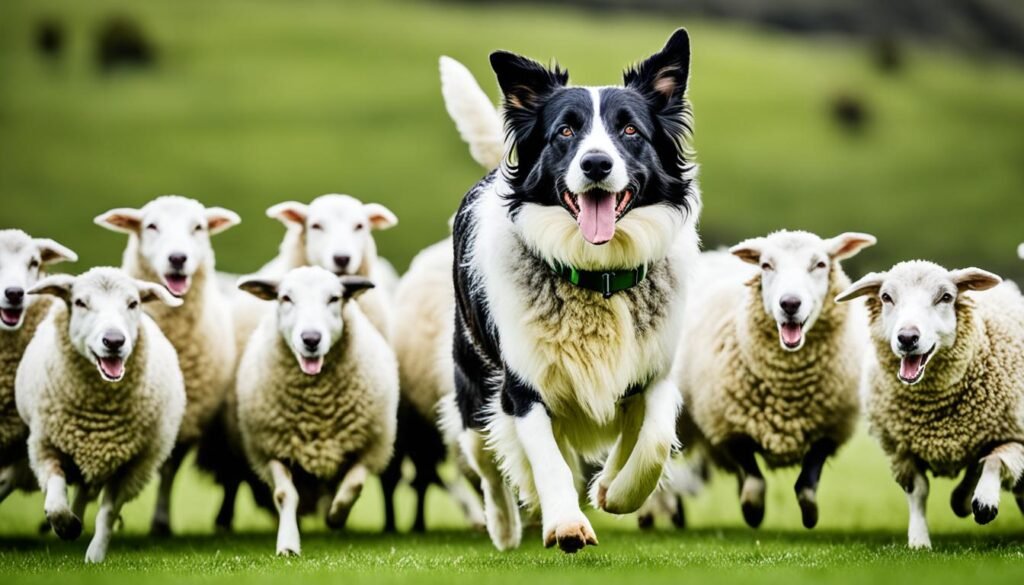
The Australian Sheep Dog is also called the Australian Shepherd. It’s a top-notch herding breed known by many clubs. These include the United Kennel Club (UKC) since 1979 and the American Kennel Club (AKC) since 1993. They describe the perfect Australian Shepherd as a dog that is just right. It should not be too small or too big, among other things.
Males should be 20 to 23 inches tall at the shoulders. And females, they should be 18 to 21 inches tall. If they’re too far off these sizes, they won’t be winning any prizes. There are also features that are big no-nos. These are things like having one hidden testicle, being extremely shy, being albino, and more.
These dogs should have eyes shaped like almonds. The eyes can be brown, blue, amber, or mixtures of these. They also need a special kind of coat. It should be just the right length and able to handle different weather conditions. Colors of the coat might include blue merle or plain black. But, they must have short hair on the head and some other specific places. This is to keep them healthy and able to do their jobs well without any problems.
| Organization | Height (Males) | Height (Females) | Last Update |
|---|---|---|---|
| AKC | 20-23 inches (51-58.5 cm) | 18-21 inches (45.5-53.5 cm) | 1 January 1993 |
| UKC | 20-23 inches | 18-21 inches | 14 September 2011 |
| FCI (Standard No 342) | 51-58 cm (20-23 inches) | 46-53 cm (18-21 inches) | 24 July 1996 |
In the U.S., it’s okay to trim tails and ears. But, the UKC doesn’t mind if a dog’s ears and tails are all natural in competitions. The FCI Standard No 342, from July 24, 1996, sets the rules for this all-rounder working dog, created in the U.S. It also says the dogs must have their testicles in place. And that they should never be shy, afraid, or too pushy. Such behavior is seen as a bad thing and not okay at all.
Health Concerns and Life Expectancy
Australian Shepherds are known for their good health and can live 12-15 years. This is longer than many other similar-sized dogs. Still, they can have some health problems, so future owners should keep this in mind.
Hip and elbow dysplasia are common in Australian Shepherds. These are conditions that affect the joints and can cause pain and trouble walking. Getting your dog checked often can help find these problems early. This makes it easier to treat and manage them.
Eye Problems
Eyeball issues are also a concern for Aussies. They might face progressive retinal atrophy, cataracts, and collie eye anomaly. Without treatment, these can lead to blindness. So, make sure your dog’s eyes get checked regularly.
Genetic Factors: Merle and MDR1 Genes
The Merle gene adds beauty to the breed but can also bring problems. It might lead to deafness and vision troubles, especially in double Merles. Additionally, the MDR1 gene makes Australian Shepherds react badly to some drugs. Inform your vet about this to avoid issues.
Aussies might have a few health worries, but they are often healthier than some other breeds. Good breeding, regular vet visits, and screening tests can keep these concerns in check. This leads to a longer and healthier life for your furry friend.
| Breed | Life Expectancy |
|---|---|
| Australian Shepherd | 12-15 years |
| Mini Australian Shepherd | 12-13 years |
| Pyrenean Shepherd (Aussie’s oldest ancestor) | 17-19 years |
| Average Medium-Sized Dog | 10-13 years |
Obesity can cut an Australian Shepherd’s lifespan by up to two-and-a-half years. It’s crucial to keep them at a healthy weight with the right food and plenty of exercise. This keeps them happy and healthy for more years.
Grooming and Care Requirements
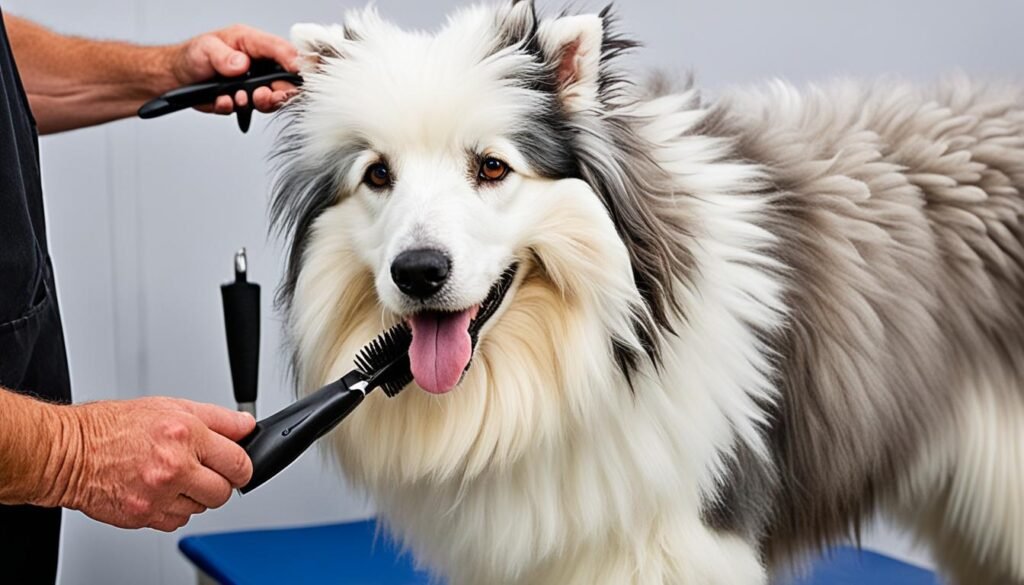
Australian Sheep Dogs stand out with their beautiful double coats. They need regular grooming to stay healthy and look good. Since they shed often, brushing and managing shedding are crucial. Grooming your Aussie not just boosts their appearance but also lowers the dog hair around your house.
Brushing and Shedding
For an Australian Shepherd’s coat to shine, brush it weekly. This distributes oils, removes tangles, and keeps the coat healthy and shiny. During shedding seasons, which happen twice a year, you might need to brush more to deal with extra hair loss. A top-notch brush and vacuum cleaner are great investments to tackle shedding more easily.
Bathing and Nail Trimming
Bathing your Australian Shepherd should only happen when it’s really needed. Too much bathing can remove natural oils, causing dryness. Use a dog shampoo made for their special coat. Besides bathing, don’t forget about trimming their nails to avoid any discomfort. If you’re not sure how to do this safely, ask your vet or a groomer.
Remember these tips when grooming your Aussie:
- Brush your Aussie’s coat weekly, and more frequently during shedding seasons
- Use a high-quality brush designed for double coats
- Bathe your dog only when necessary, using a mild, appropriate shampoo
- Trim your Aussie’s nails regularly to prevent overgrowth and discomfort
- Check and clean your dog’s ears to avoid infections
- Avoid excessive trimming, which can disqualify your Aussie from AKC show rings
- Educate yourself on proper grooming techniques to make informed decisions about your pet’s care
Following these care tips will keep your Australian Sheep Dog healthy and your house cleaner. A well-groomed Aussie is both happy and healthy!
Training and Socialization
Training and socialization are key in raising a well-adjusted Australian Shepherd. Aussies are smart and full of energy. Their strong desire to herd means they need consistent training from a young age. This helps them become confident, obedient pets.
Start socializing your Aussie as soon as you can, ideally between 3 and 16 weeks old. This is the most important time for a puppy. Expose your Australian Shepherd to different people, animals, and activities. It will help them avoid fear and aggression as they grow. Here are some socializing ideas:
- Play noises from CDs to get them used to sounds
- Have them play with young children
- Show them common household activities
- Let them meet other animals
- Take them outside to experience new things, like climbing over obstacles
Don’t stop socializing your dog after you’ve brought them home. Jessie, an Australian Shepherd, is a great example of how effective socializing can be. With the right care, human interaction, and various experiences, Jessie became a confident and well-behaved pal.
Training is also vital for Australian Shepherds. They love to learn because they are so intelligent. But they are also sensitive and respond best to gentle training methods. Obedience and more advanced training, like herding or agility, keep them mentally sharp and happy.
| Training Aspect | Importance |
|---|---|
| Consistency | Regular training teaches your Aussie what’s expected. This makes life better for both of you. |
| Patience | Australian Shepherds thrive with gentle, patient training. They don’t do well with harsh methods. |
| Strong Bond | Having a strong bond aids in training and socializing. It leads to trust, making your Aussie more willing to learn. |
Focusing on both training and socialization helps Australian Shepherds become great pets. With the right care, they meet challenges with ease and are happy in any situation.
Suitability as a Family Pet
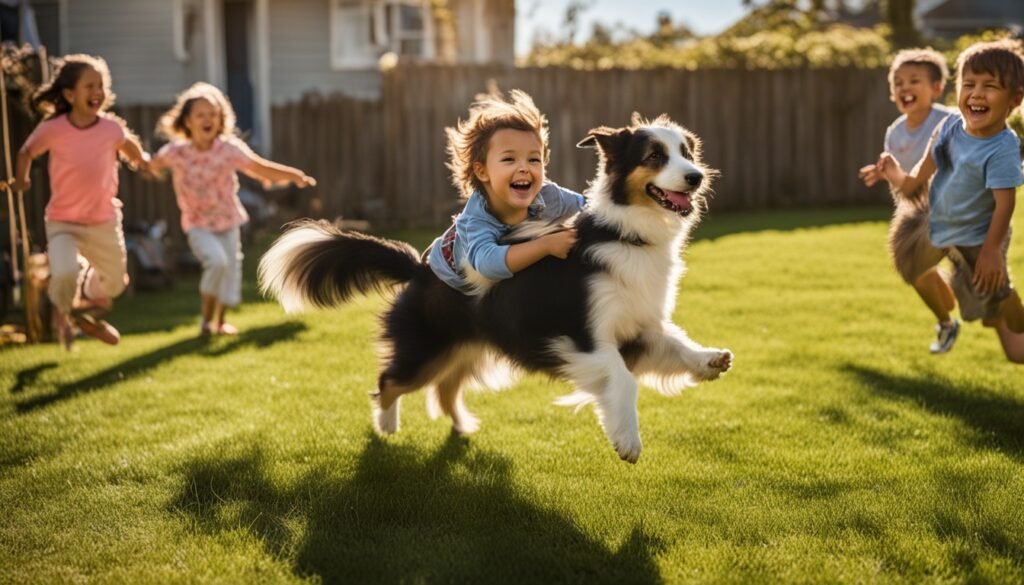
Australian Shepherds are great for active families. They need lots of exercise, mental work, and attention. They are smart and full of energy. They love kids and joining in family fun. Many people choose them for their family dog.
Compatibility with Children and Other Pets
These dogs are friendly and like people. They are good with kids because of this. Yet, they may try to herd children or other pets. Training and watching them can solve this. It’s key to make sure they meet and play with different people and pets so they grow up well. This is especially important in homes with kids.
Australian Shepherds can fit well with other dogs and pets. It’s best if they all grow up together. But, they might chase small animals because of their herding nature. Watching over them around kids is important, especially very young ones. This is to avoid any problems caused by their instinct to herd.
Adaptability to Various Living Situations
These dogs can live in many different places but do best where there’s lots of room. They love big backyards or going outdoors. They really like playing and doing activities with their family. Things like fetch, walking, and agility are great. They make the bond between kids and Australian Shepherds strong.
They’re not the best for people new to dogs or who don’t move around much. They need active owners to meet their needs. Proper training is important for all Australian Shepherds, especially in homes with kids. This training should focus on their herding habits. It helps keep peace in the family.
| Aspect | Suitability |
|---|---|
| Compatibility with Children | Generally good, but may herd children if not properly trained |
| Compatibility with Other Pets | Good with other dogs and animals if raised together, but may have a strong prey drive towards small animals |
| Adaptability to Living Situations | Thrive in homes with ample space for exercise and activity |
| Suitability for First-Time Dog Owners | May not be the best choice due to high energy levels and training requirements |
In the end, Australian Shepherds are amazing pets for families that are active. They need a lot of care, training, and play. Getting to know these smart and lively dogs is key to having a strong and loving family pet.
Working Roles of Australian Sheep Dogs
Australian Sheep Dogs stand out for their smarts, quickness, and serious herding skills. They’re key for farmers and ranchers, able to handle livestock like sheep and cattle with ease. With their natural instincts, they know exactly how to work with different types of animals.
The Australian Shepherd uses a special technique for herding. They guide animals with their presence and body, not just by looking at them. While working, they move with a type of smoothness called wear, keeping the group together. If needed, they might give a controlled bite to an animal’s head or heel to stay in charge. Their strong bark also helps out, especially in challenging situations.
Herding and Livestock Management
Australian Shepherds are essential for guiding animals for farm work and ranching in the United States. They’re skilled at managing a variety of livestock. Their intelligence and training make them perfect for their jobs. So, they’re efficient and really good at what they do.
Participation in Dog Sports and Competitions
Besides their working roles, Australian Shepherds shine in dog sports and competitions. These events show off their athletic abilities and intelligence. Aussies love the challenge and fun these activities bring. They do really well in sports like herding trials, agility, obedience, and even flyball.
| Dog Sport/Competition | Description |
|---|---|
| Herding Trials | Showcases the dog’s ability to control and move livestock in a controlled setting |
| Agility | Demonstrates the dog’s speed, agility, and obedience as they navigate an obstacle course |
| Obedience | Highlights the dog’s trainability and precision in executing a series of commands |
| Flyball | A team relay race where dogs jump over hurdles to retrieve a tennis ball |
| Rodeo Events | Aussies showcase their speed and precision in herding and managing livestock in a fast-paced, high-pressure environment |
The Australian Shepherd’s adaptability is remarkable. They do well in many jobs, from herding sheep to sports. Their smarts, loyalty, and hard work make them great partners and beloved pets.
Choosing an Australian Sheep Dog Breeder or Rescue
Finding the right Australian Shepherd is important. Look for a trusted breeder or rescue. This choice affects the dog’s health and happiness, ensuring you get a pet that fits your family well.
Reputable Breeders
Good breeders care deeply about their dogs’ well-being. They check the health of their breeding dogs to avoid passing on illnesses. These breeders also focus on making sure their puppies are used to many different situations.
When picking a Australian Shepherd breeder, look at these things:
- The breeder’s knowledge and experience with the breed
- The parents’ temperaments and health clearances
- The cleanliness and quality of the breeding facilities
- The breeder’s willingness to answer questions and provide guidance
- The guarantees and support offered for the puppy’s health and well-being
Rescue Organizations
Adopting from a rescue group is a great option. They ensure their dogs find good homes. These groups offer insights into the dog’s health, habits, and training needs, which can help you choose wisely.
When looking at an Australian Shepherd rescue, consider this:
- The rescue’s reputation and commitment to the breed
- The thoroughness of their adoption process and matching efforts
- The support and resources provided to adopters
- The health and behavioral evaluations conducted on each dog
| Breeder | Rescue |
|---|---|
| Puppies available | Adult dogs and occasionally puppies available |
| Known health clearances and genetic background | May have limited health and genetic information |
| Socialization and early training provided | May require additional training and socialization |
| Higher initial cost | Lower adoption fees |
Whether you go with a breeder or a rescue, take the time to do your homework. This ensures the dog will be a good match for your home. A reputable source will help you bring in a companion that’s ready to love and be loved.
Conclusion
The Australian Sheep Dog breed is well-known for its hard work and loyalty. It’s also very smart and looks unique. These dogs are usually 18 to 23 inches tall and weigh between 40 to 65 pounds. They can live for about 12 to 15 years.
Australian Shepherds are great for families who are very active. But, they need a lot of exercise and mental challenges. This helps keep them happy and calm. They love to work and run, and they need consistent training.
It’s key to know all about Australian Shepherds before making one part of your family. They need an hour of active exercise every day. This can include running, playing, swimming, and even agility.
You should also know about some health issues they might face. These can include eye problems, hip issues, and epilepsy. Responsible breeding is crucial. For example, you shouldn’t breed dogs with merle coats together because of health risks. If bred wrong, some puppies might have hearing or vision troubles. Also, avoid breeding dogs with short “bob tails” to protect their spines.
Learning about the breed’s needs and possible problems is important. It helps you see if an Australian Sheep Dog is right for you. With the right care, they can be wonderful, faithful pets.
FAQ
What is the origin of the Australian Sheep Dog?
The breed called the Australian Sheep Dog actually started in the United States. It was the late 1800s and early 1900s when American ranchers were looking for a dog good with stock. They bred the Aussie for its versatility in herding.
What are the physical characteristics of Australian Sheep Dogs?
These dogs are medium-sized and build strong. Males are between 50 and 65 pounds and 20 to 23 inches tall. Females are a bit smaller. Their coats are dense and come in many shades like black, red, and merle. One of their special features is their eyes, which can be blue, green, hazel, or brown.
What is the temperament of Australian Sheep Dogs?
Aussies are very smart, loyal, and love being busy. They learn fast and form deep connections with their families. They are gentle but full of energy. To be happy, they need to stay active and mentally challenged.
Are Australian Sheep Dogs good family pets?
Yes, they are great for families that are active and have time for them. They get along well with children and love to join in family activities. Their herding nature might show in trying to gather people or pets, but training can help manage this.
What are the grooming requirements for Australian Sheep Dogs?
Aussies need regular grooming because they shed a lot. Brushing their coats every week helps with loose hair and keeps their skin oils distributed. They might need more brushing during heavy shedding. They should be bathed when they get dirty and have their nails trimmed often.
What health concerns are associated with Australian Sheep Dogs?
Although they are typically healthy, Aussies can have issues like hip and elbow conditions and some eye diseases. Special genetic traits in some lines can lead to more health risks. Regular check-ups and responsible breeding can help keep these health concerns at bay.
How much exercise do Australian Sheep Dogs need?
Aussies are very energetic and need lots of exercise and mental challenges. They love tasks like herding or participating in sports. Owners should ensure they get plenty of exercise to keep them happy and healthy.
Are Australian Sheep Dogs easy to train?
Yes, they are. Aussies are clever and love to learn. They do best with positive training methods. This breed can do well in obedience, herding, and other activities. The secret to good training is being consistent and building a strong relationship with them.

